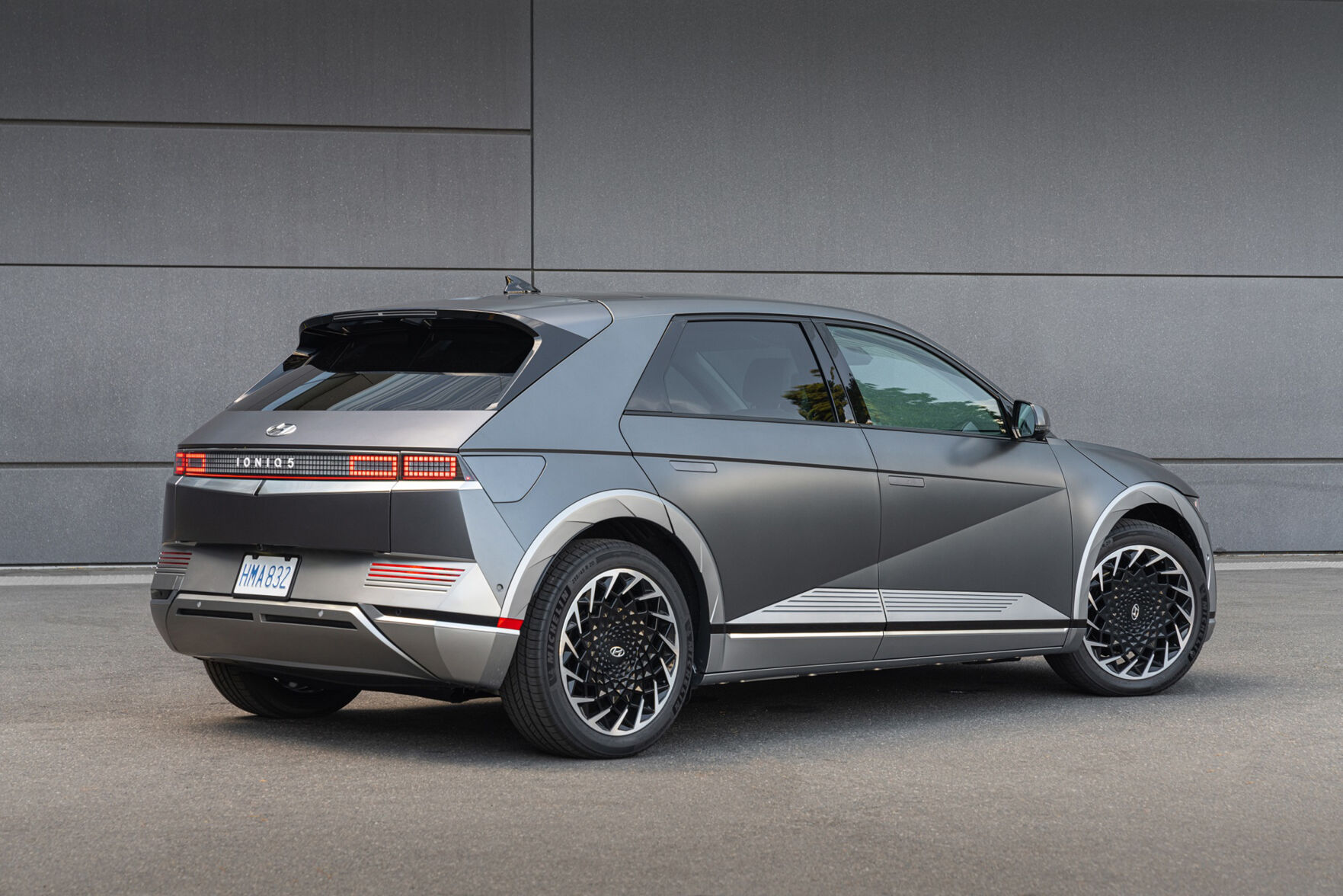I finally did it: I joined The Grid and installed an electric vehicle charger. I’ve been driving electric vehicles since the GM EV1 in the late 1990s, and I’ve driven so many recently that it was time to have a charger at home.
Along with driving electric comes an entirely different language from the gasoline era. Let me help decipher.
The basics
Unlike hybrids, battery electric vehicles (BEVs) like the Chevy Bolt, Ford Mustang Mach-E, Hyundai IONIQ5 and all Teslas have no gasoline engine. They derive all of their power from a plug and through regenerative braking (regen) that recovers kinetic energy during braking instead of releasing it as heat. Driving range, or the distance you go from fully charged to parked roadside, varies greatly depending on battery size and vehicle weight, but typically rates a minimum of 220 miles to more than 400 miles for premium luxury models like the Lucid Air.
Some terms carry over from the gasoline era. Horsepower defines work being done as a factor in acceleration and performance. Torque, the twisting force that turns a vehicle’s wheels, often is higher in EVs and allows for quick acceleration off the line and for trucks to pull heavy loads. Unlike gas engines that have to rev up for maximum power, electric motors generate it instantly to give drivers all of the power right now, enabling the swift smooth acceleration for which EVs are known.
You might have read about “one-pedal driving” and become completely confused. Most EVs allow regen to automatically engage when lifting off the accelerator or pulling the steering wheel paddle to decelerate and charge the batteries. Drivers can often come to a complete stop without using the brake pedal — very convenient, especially in city traffic.
Advanced knowledge
You’re going to read a lot about kilowatt-hours (kWh), which is the current a battery can emit over an hour. The higher the kWh, the more range, acceleration and towing capacity you can expect. Larger batteries provide more kWh, which is why trucks have larger battery packs than compact sedans. It’s also why it takes longer to recharge a pickup than compact. Think of filling a gas tank.
To demonstrate their efficiency, electric vehicle window stickers show “MPGe,” or miles-per-gallon-equivalent. It’s how far an EV can travel with 33.7 kWh, or the energy in one gallon of gasoline.
When it comes to putting energy back in, there are three levels of chargers that allow increasing speeds of charging. A Level 1 charger is essentially an EV plugged into a wall outlet. It takes days to fully recharge. Moving up to a Level 2 home or commercial charger decreases it to under 10 hours. The fastest Level 3 DC fast chargers can replenish a battery pack in about 30 minutes.
The transition from gasoline to electricity will be a challenge for all of us, but being able to speak the new language will stamp our passports. Get ready for a new journey.
Storm forward.


